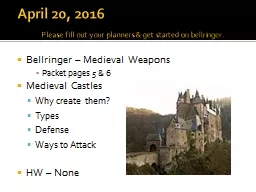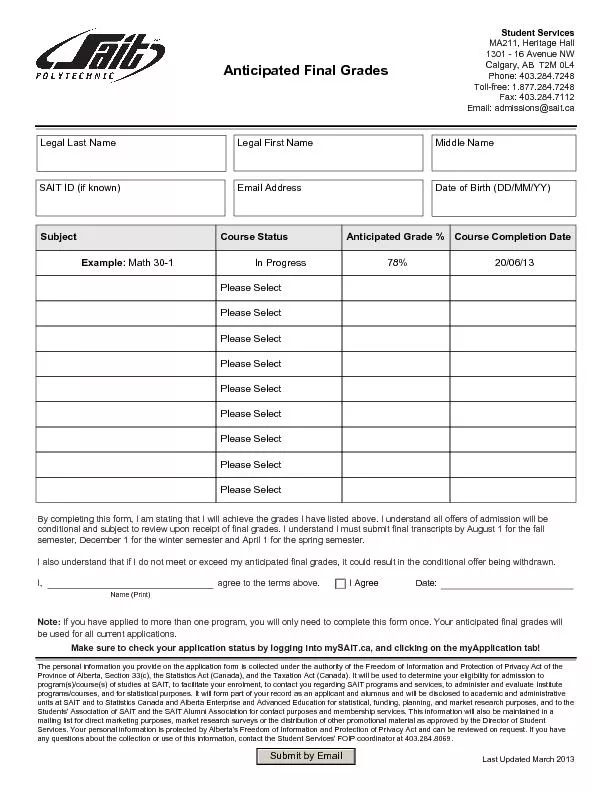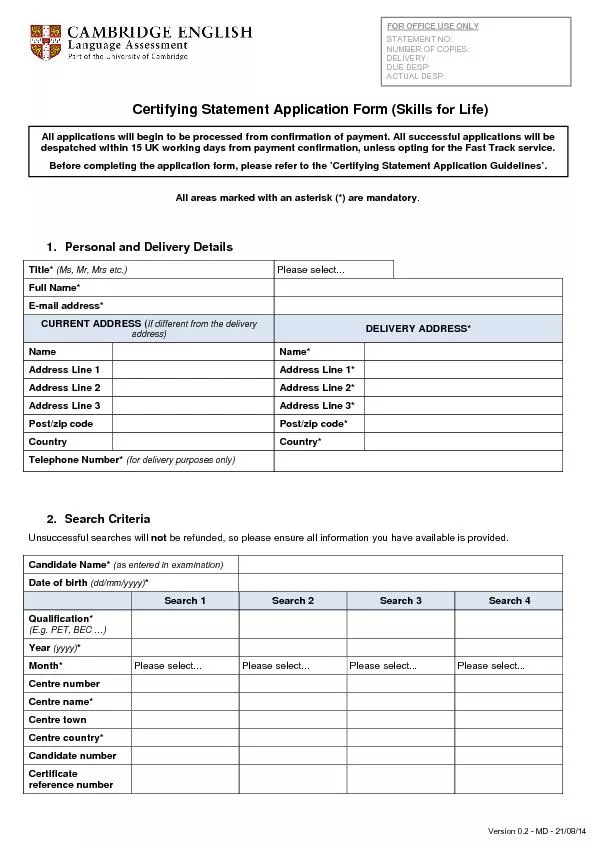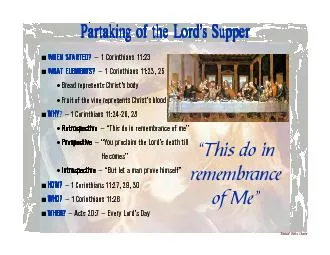PPT-April 20, 2016 Please fill out your planners & get started on
Author : yoshiko-marsland | Published Date : 2018-09-18
bellringer Bellringer Medieval Weapons Packet pages 5 amp 6 Medieval Castles Why create them Types Defense Ways to Attack HW None After Rome After Rome collapsed
Presentation Embed Code
Download Presentation
Download Presentation The PPT/PDF document "April 20, 2016 Please fill out your p..." is the property of its rightful owner. Permission is granted to download and print the materials on this website for personal, non-commercial use only, and to display it on your personal computer provided you do not modify the materials and that you retain all copyright notices contained in the materials. By downloading content from our website, you accept the terms of this agreement.
April 20, 2016 Please fill out your planners & get started on: Transcript
Download Rules Of Document
"April 20, 2016 Please fill out your planners & get started on"The content belongs to its owner. You may download and print it for personal use, without modification, and keep all copyright notices. By downloading, you agree to these terms.
Related Documents











![[EBOOK] - The New College Guide: How To Get In, Get Out, & Get A Job](https://thumbs.docslides.com/906586/ebook-the-new-college-guide-how-to-get-in-get-out-get-a-job.jpg)


